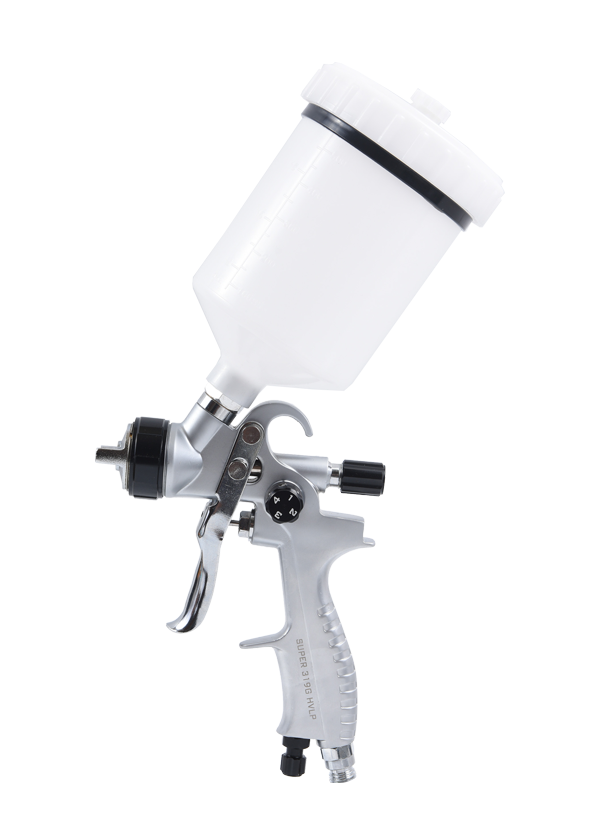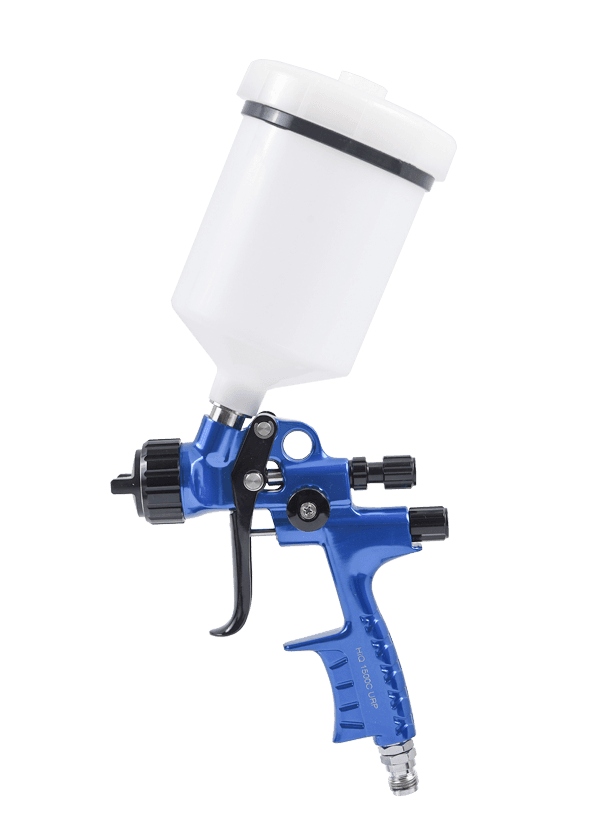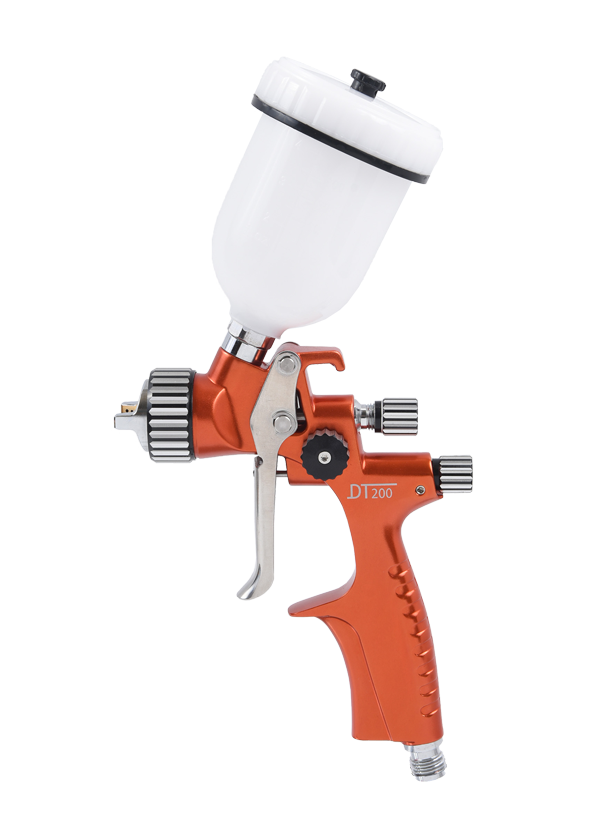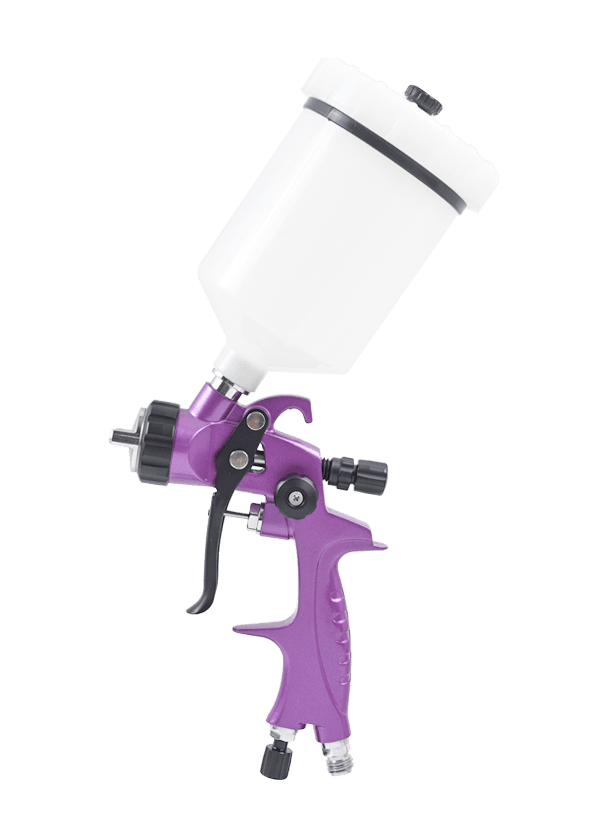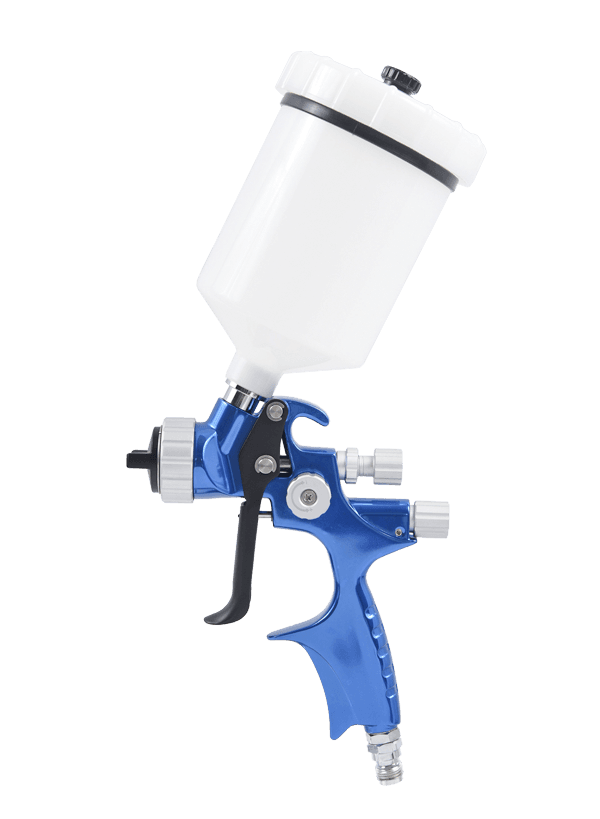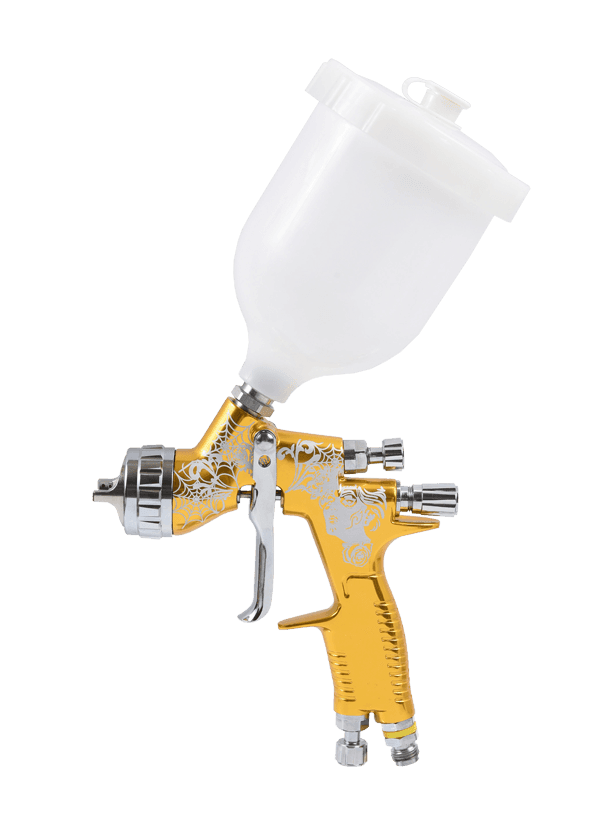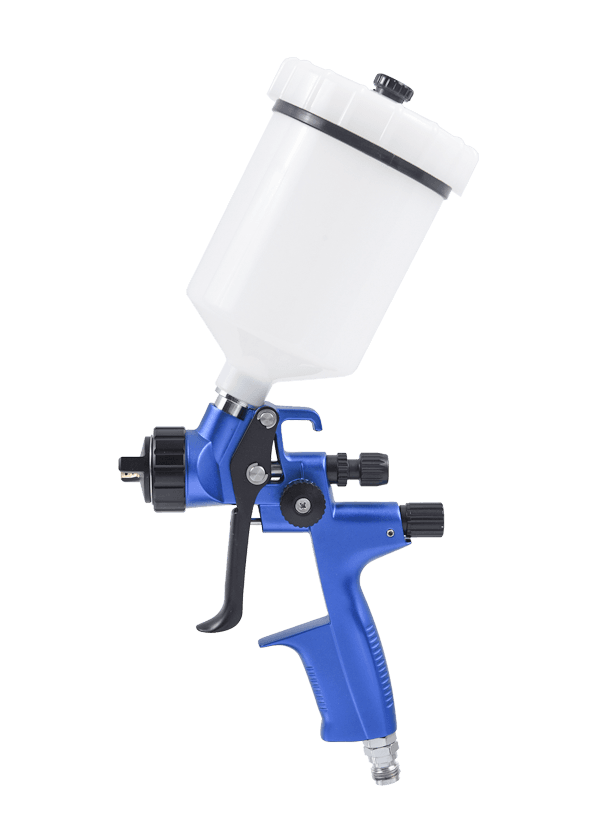The pressure setting on a spray gun is a critical parameter that significantly influences the spraying process. Proper pressure adjustment ensures optimal atomization of the coating material and contributes to achieving the desired finish. Here's how the pressure setting on a spray gun affects the spraying process:
Atomization of Coating Material:
The pressure setting directly impacts the atomization process, where the coating material is broken into fine droplets. Higher pressure facilitates finer atomization, resulting in a finer spray pattern and a smoother finish.
Spray Pattern Size and Shape:
The pressure setting affects the size and shape of the spray pattern. Higher pressure tends to produce a wider and more dispersed pattern, while lower pressure results in a narrower pattern. Adjusting the pressure allows for customization based on the application requirements and the size of the target surface.
Material Flow Rate:
Pressure influences the rate at which the coating material is delivered through the spray gun. Higher pressure generally corresponds to a higher material flow rate. Proper adjustment ensures an optimal flow rate for the specific viscosity of the coating material being used.
Control of Overspray:
Overspray refers to the mist or droplets of coating material that do not adhere to the intended surface. By adjusting the pressure, operators can control overspray. Lower pressure settings may reduce overspray, contributing to material savings and a more efficient application process.
Penetration and Coverage:
The pressure setting affects the penetration of the coating material into the substrate. Higher pressure can enhance penetration, ensuring better coverage, especially on porous surfaces. However, excessive pressure may lead to inadequate adhesion and wasteful overspray.
Adhesion and Coating Uniformity:
Proper pressure adjustment is crucial for achieving good adhesion of the coating material to the substrate. It also contributes to coating uniformity, preventing issues such as streaks or uneven coverage.
Optimal Distance from the Surface:
The pressure setting is interconnected with the distance at which the spray gun is held from the surface. Higher pressure may require a greater distance to maintain proper atomization and avoid excessive wetting. Proper coordination between pressure and distance is essential for consistent results.
Viscosity Control:
Coating materials come in various viscosities. The pressure setting should be matched to the viscosity of the material to ensure proper atomization. Low-viscosity materials may require lower pressure, while high-viscosity materials may benefit from higher pressure settings.
Compatibility with Equipment and Tips:
The pressure setting must be compatible with the specific
spray gun equipment and nozzle tips being used. Different tips may require different pressure ranges for optimal performance.
Efficiency and Productivity:
Adjusting the pressure to the optimal level contributes to overall efficiency and productivity. It allows operators to achieve the desired finish in a timely manner, reducing the need for rework or additional coats.
Spray Gun Longevity:
Excessive pressure can put strain on the spray gun components, potentially leading to premature wear and reduced equipment lifespan. Proper pressure adjustment promotes the longevity of the spray gun.
Safety Considerations:
Operating within the recommended pressure range ensures the safety of the spray gun and the operator. It helps prevent issues such as nozzle clogging, sudden bursts of material, or unintended overspray.
the pressure setting on a spray gun is a critical parameter that influences various aspects of the spraying process. Proper adjustment allows for control over atomization, spray pattern, material flow, adhesion, and overall efficiency, contributing to the successful application of coatings with the desired quality and finish.
